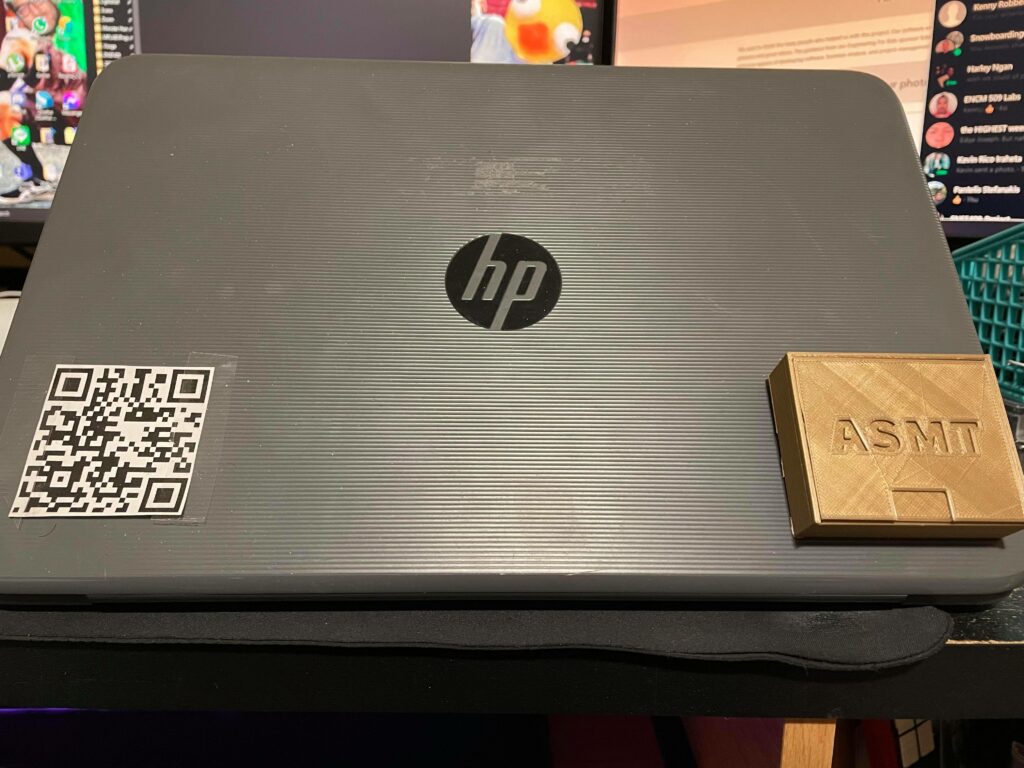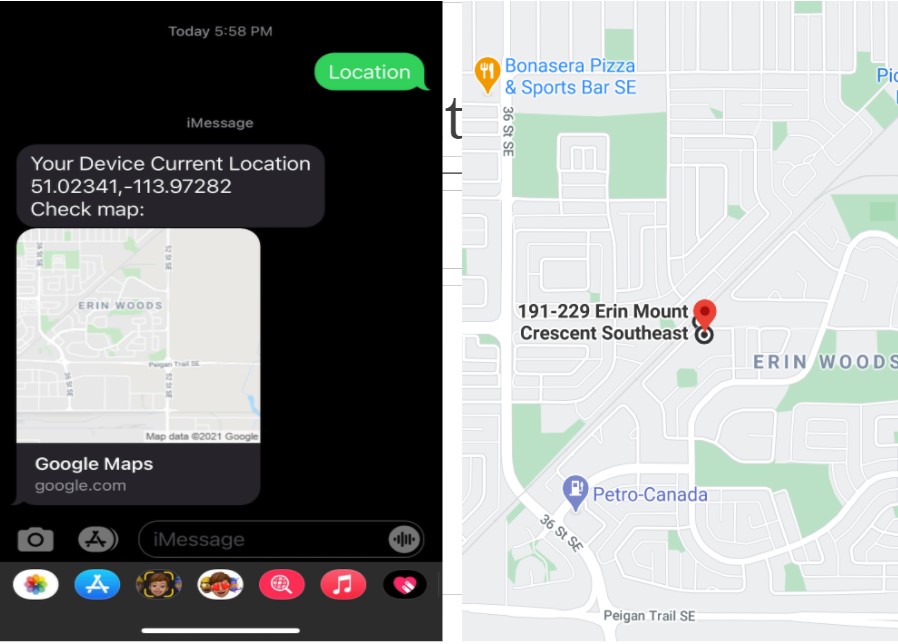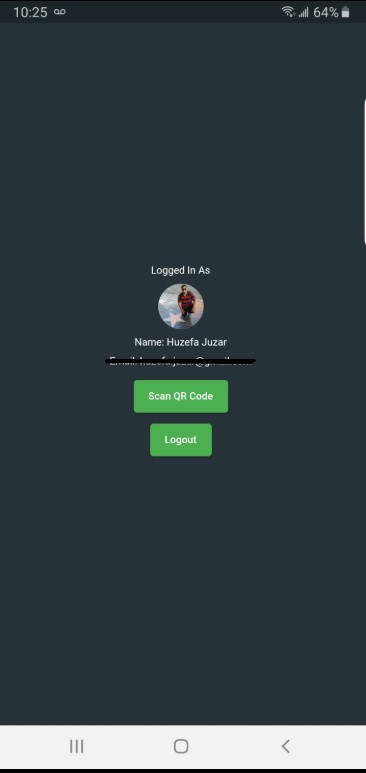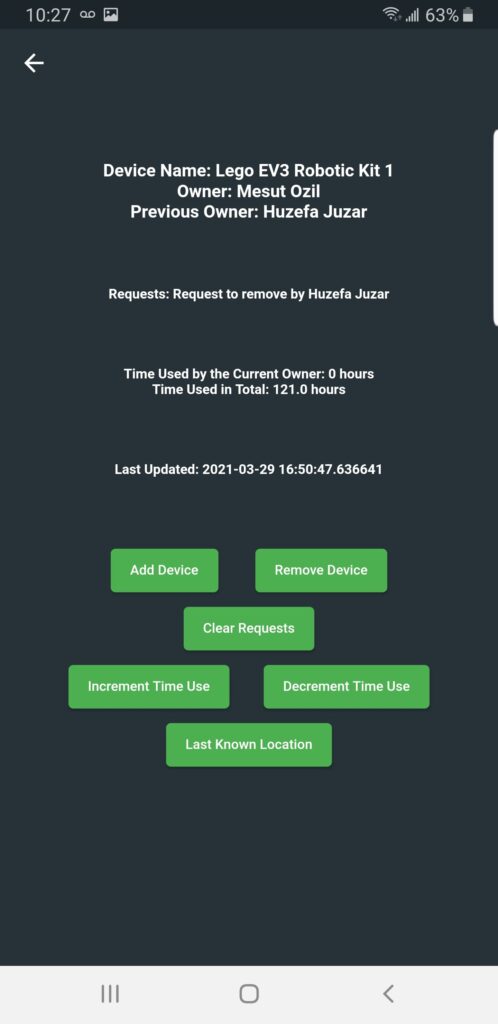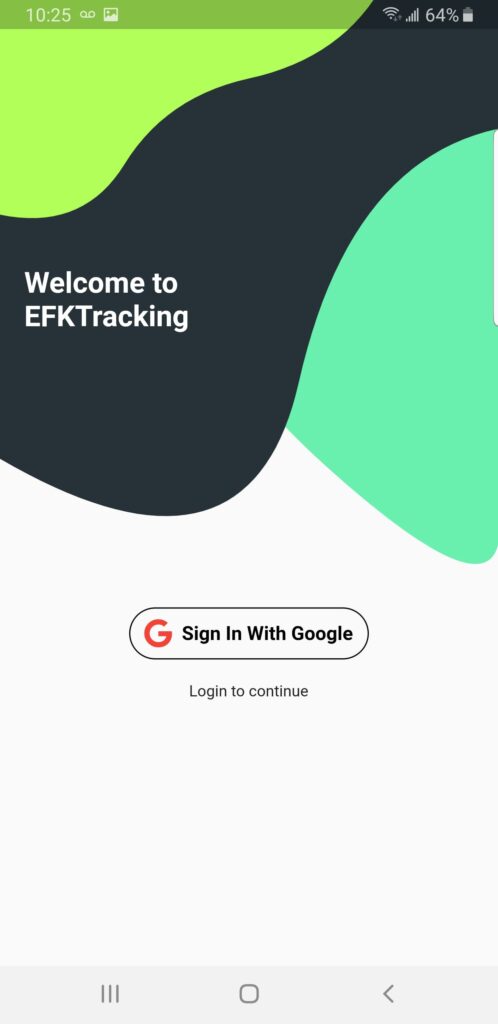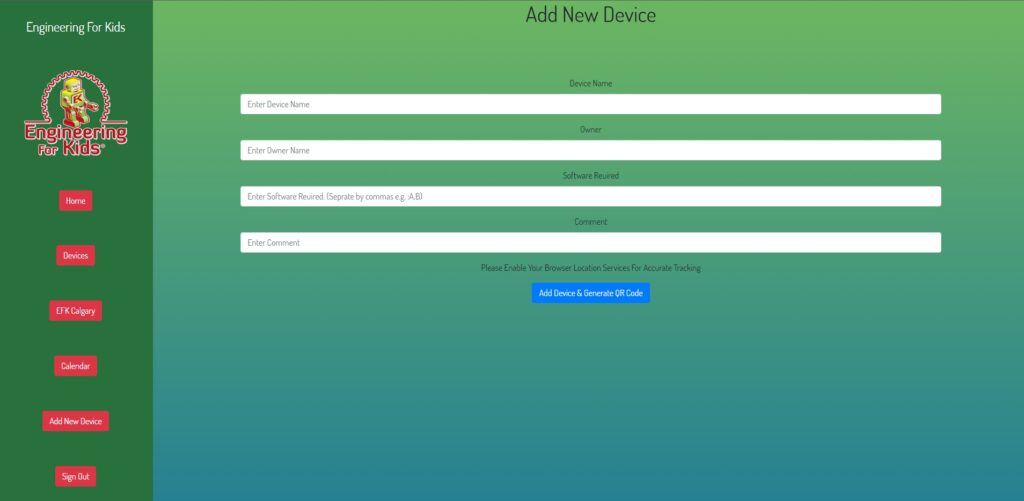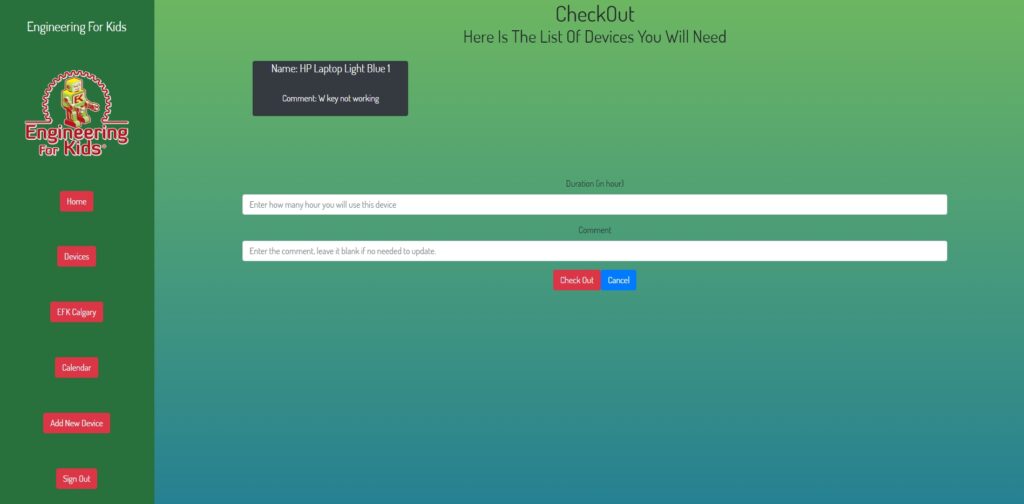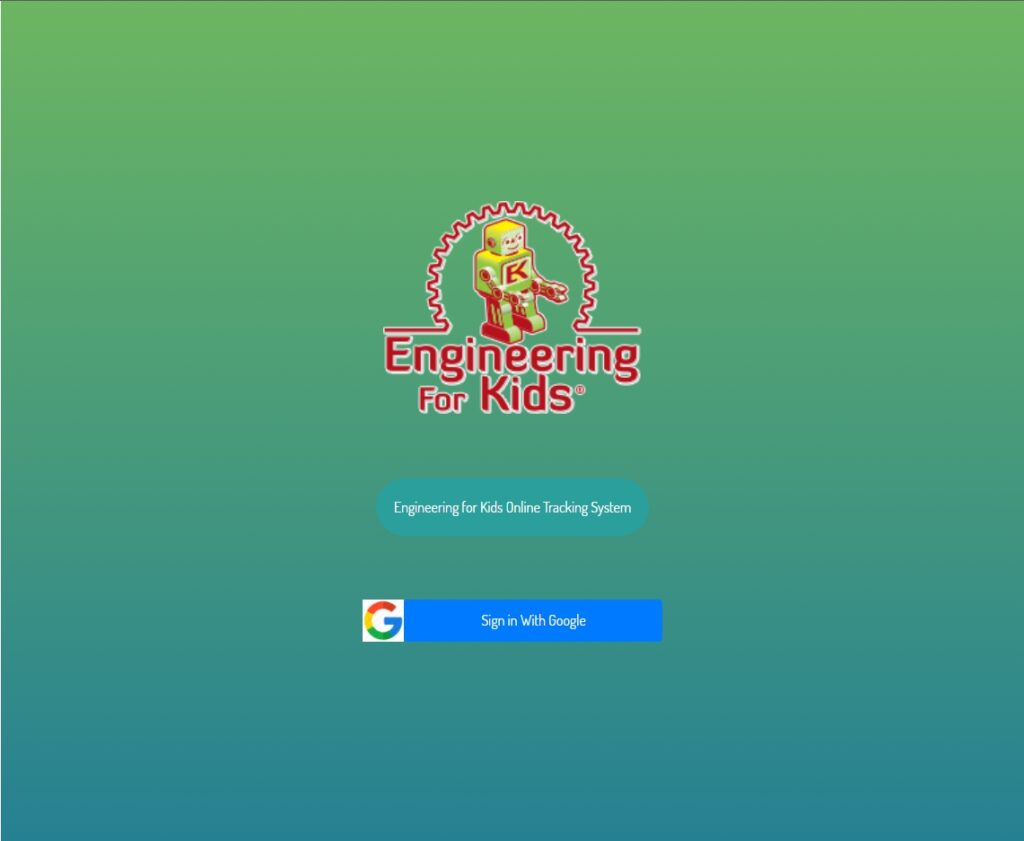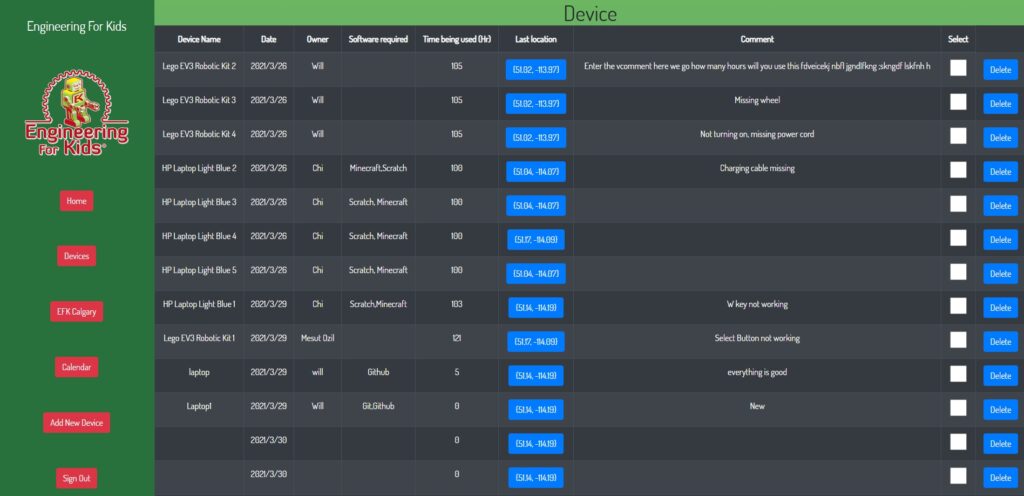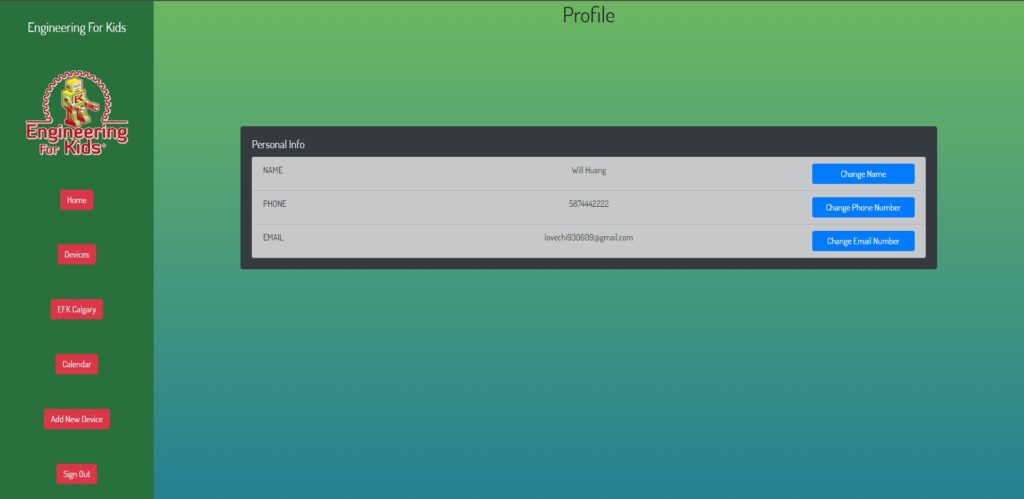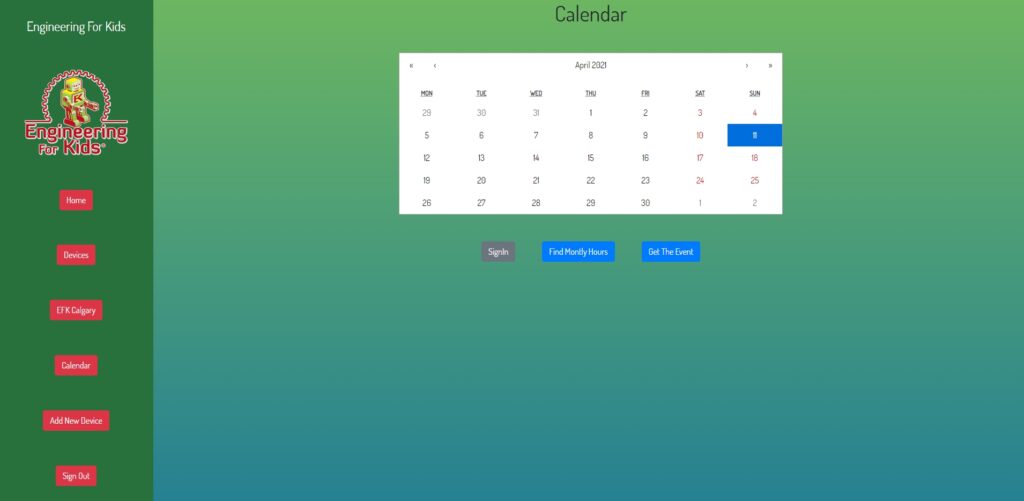Project Category: Software
Join our presentation
About our project
An Asset Management Tracking System based on a web application that acts as the main database that will give company staff the ability to log in and check upcoming events and shifts, update details of the number of devices each staff member is holding, and see specific device information on the website. The web application is complemented with a mobile application to scan generated quick response codes that will be assigned to each company device and will be stored on the website for easy tracking. A small Arduino-based location tracker that will be mounted on each company device will also be simulated to track the specific GPS location of the devices. In order to find the exact location of a specific device, the user can send a location text message that will be received by the Arduino. The Arduino will then send back a text message to the user with the GPS coordinates and a Google Maps link. The user can then update the location of the device on the web application.
The cost: $40.00 + GST.
Meet Our Team
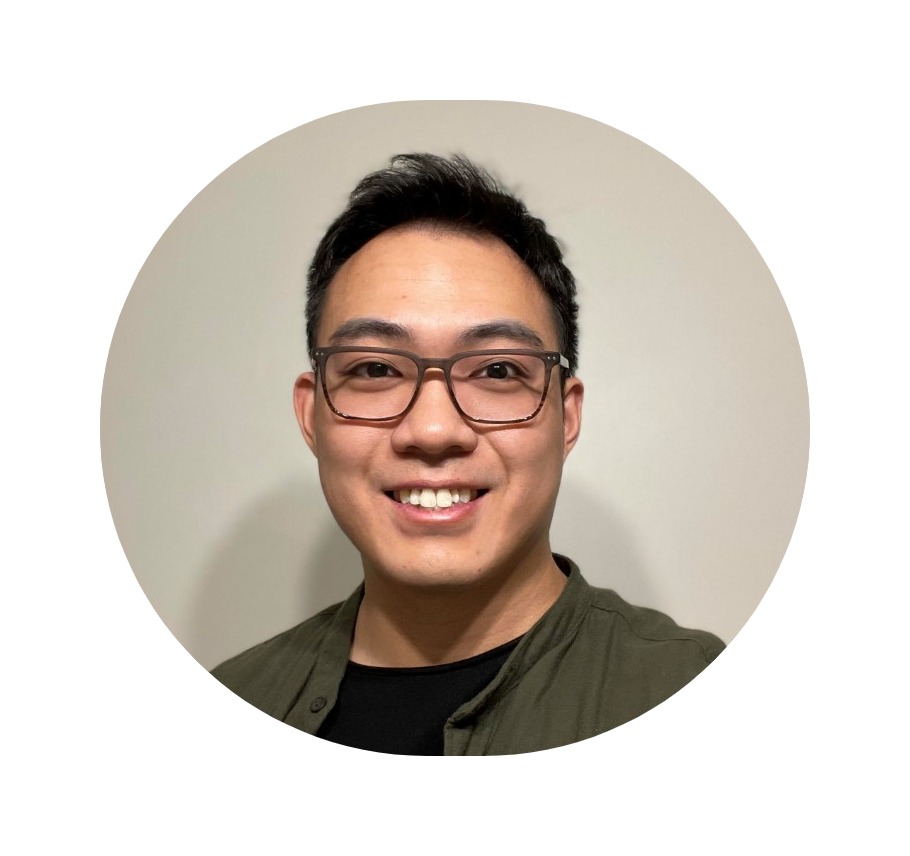
Chi Gieng
Chi Gieng is a fourth-year electrical engineering student at the University of Calgary. Over the course of his studies, he was involved in various design projects which include embedded systems, FGPA’s, microelectronics, analog, and digital circuits. For the past 4 years, he has worked as a lead teacher for Engineering For Kids to promote and share his passion for STEM education.
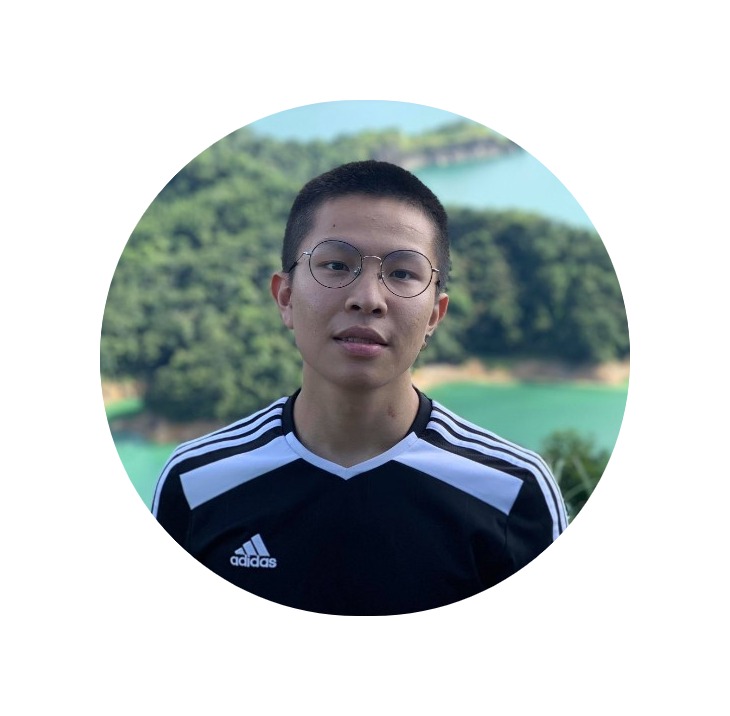
Will Huang
Will Huang is a fourth-year software engineering student at the University of Calgary. As a software engineer student, he has learned to develop client-server applications and find optimized solutions to difficult problems. In addition, Will is comfortable developing both front-end and back-end engineering designs. He is self-motivated and is continually learning new skills to build up his skill set.
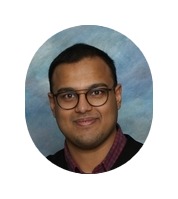
Huzefa Juzar
Huzefa Juzar is a fourth-year electrical engineering student at the University of Calgary. He is incredibly passionate about computer hardware design. His technical skills include programming languages such as C++, Java, Python, and has experience developing applications for smartphones. Huzefa believes that excellent communication skills are critical for success.

Chang Tan
Chang Tan is a fourth-year electrical engineering student at the University of Calgary. His technical experience includes design work involving FGPA’s, microelectronics and analog circuits (design implementation and testing), embedded systems and has extensive knowledge of robotics and computer vision. Chang’s diverse skill set makes him extremely valuable in working in a team environment.
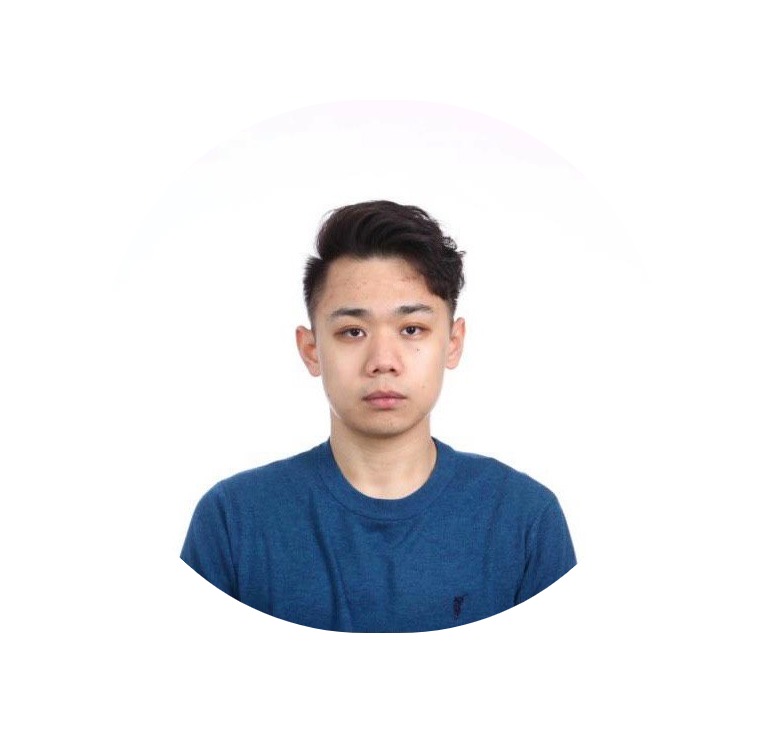
Sui Yilin
Sui Yilin is a fifth-year electrical engineering student at the University of Calgary. During his studies, he has accumulated technical hardware and software experience ranging from circuit design and developing software, which makes him a perfect technical lead for the capstone project. Yilin received an internship abroad and worked for a company in China developing software using C++. In addition, Yilin is proficient in languages such as Java, C++, and MATLAB.
Details about our design
HOW OUR DESIGN ADDRESSES PRACTICAL ISSUES
When we first reached out and began working with Engineering For Kids, there were three main objectives that we had set out to accomplish:
- Track the company assets such as laptops, robotic kits, tablets and develop a way to find out who in the company is carrying those assets.
- Create an online hub where EFK staff can log in and update what equipment they are carrying.
- Track the usage of the equipment and display the information on the online hub.
Engineering For Kids currently uses a trust system between it’s staff to distribute the equipment and with so many classes happening concurrently, it can be difficult to keep track of all the equipment.
Our design accomplishes the objectives we wanted to achieve by creating an easily accessible hub where staff can identify which person is carrying what equipment at any given time. This allows EFK staff to easily prepare for upcoming events. Not only will they be able to see how many devices each staff member is holding, but they can also see the details of each individual device as well. If there are any issues or problems with a laptop, tablet or kit, it will be available in the device information which will also track useful data such as the total hours of use for cost benefit analysis.
Finally, our design addresses the issue of if a company device does go missing, it can be easily tracked with our hardware solution by logging the device GPS coordinates and sending it back to the user’s phone.
WHAT MAKES OUR DESIGN INNOVATIVE
Our design is innovative because it allows the company to operate more smoothly by eliminating the variability of the trust system. We like to think of our design sort of as a POS system for company staff and equipment, which can be very useful and easily implemented by many companies and industries. Our design also takes advantage of QR code technology so that company staff can easily scan devices and update their inventory on the hub when they are exchanging devices with each other.
WHAT MAKES OUR DESIGN SOLUTION EFFECTIVE
Our design solution is effective because it improves the communication between the staff members at Engineering For Kids. Having an online hub where staff and device information are easily accessible reduces confusion and any miscommunication when company staff are exchanging devices.
HOW WE VALIDATED OUR DESIGN SOLUTION
Our team worked very closely with some of the staff of Engineering For Kids at every step of the design process and made sure that anything that was implemented did not disrupt how the company ran and operated. We went back and forth with many ideas, but we stuck with what made sense and what could be easily accessible and developed. Once we had fulfilled our main objectives for our design, on behalf of the owner we started working on and included some quality of life features on the website such as having the ability to display upcoming events for the month and have the total hours of work for each employee displayed as well. Unit testing and QA testing were performed to ensure the website and mobile application functioned together from user trials. Usability testing was performed to identify any design problems which allowed us to improve the applications for a greater intuitive user experience.
FEASIBILITY OF OUR DESIGN SOLUTION
The web application is the core of our design solution, it basically acts as an online database for users to see all the interaction done by the mobile application and the hardware implementation. As a result, EFK staff can easily manage the assets and know exactly where they are, which is the goal of the project. On top of that we have also implemented some extra features such as import google calendar on the site for EFK staff to check their class schedules. The website is also easy to integrate, if EFK needs more functionality such as having a notification email sent whenever they trade devices, that would be easy to do so. Overall, the web application is ideal for EFK to organize their assets, and also can act as the internal system to track each staff’s schedule.
The mobile application has very limited and precise functionalities which include scanning a QRcode, recognizing the device, and then updating information about the device. It relies on using the camera, location services, and very minimal processing and memory requirements. The database, both the mobile app and the web app are connected to, provides more than enough storage required by the applications. Being very straightforward, easy to use and with very little processing power required, the app is very feasible to use in any modern smartphone. It has also been tested for security purposes and has layers of security to protect from unauthorized access. Currently, it is only available on Android, however, it is coded using Flutter, which allows the app to be published in both Android and iOS. Economically, the only cost of the app is to host it on an Android platform like Google Play Store with a one-time fee of $25. In terms of future feasibility, it is a very simple app and can easily be integrated into different companies for very little cost.
Our hardware implementation is feasible, however, the Arduino we had chosen uses a built-in 2G GSM module. Canada had shut down its 2G networks in 2018, so that meant looking for some 4G/LTE alternatives. These alternatives did not fit our criteria of being low cost and having a small size since many 4G/LTE modules had rather large antennas that would be too obstructive to company equipment. Thus, the GSM portion of our hardware implementation will be simulated as though we still have 2G networks.
Partners and mentors
We want to thank the many people who helped us with this project. Our software engineering professor Dr. Mahmood Moussavi guided us through the process with patience and great advice. The guidance from our Engineering For Kids sponsor Edward Choufi was invaluable and we learned a substantial amount on both the technical aspects of developing software, business analysis, and project management.
